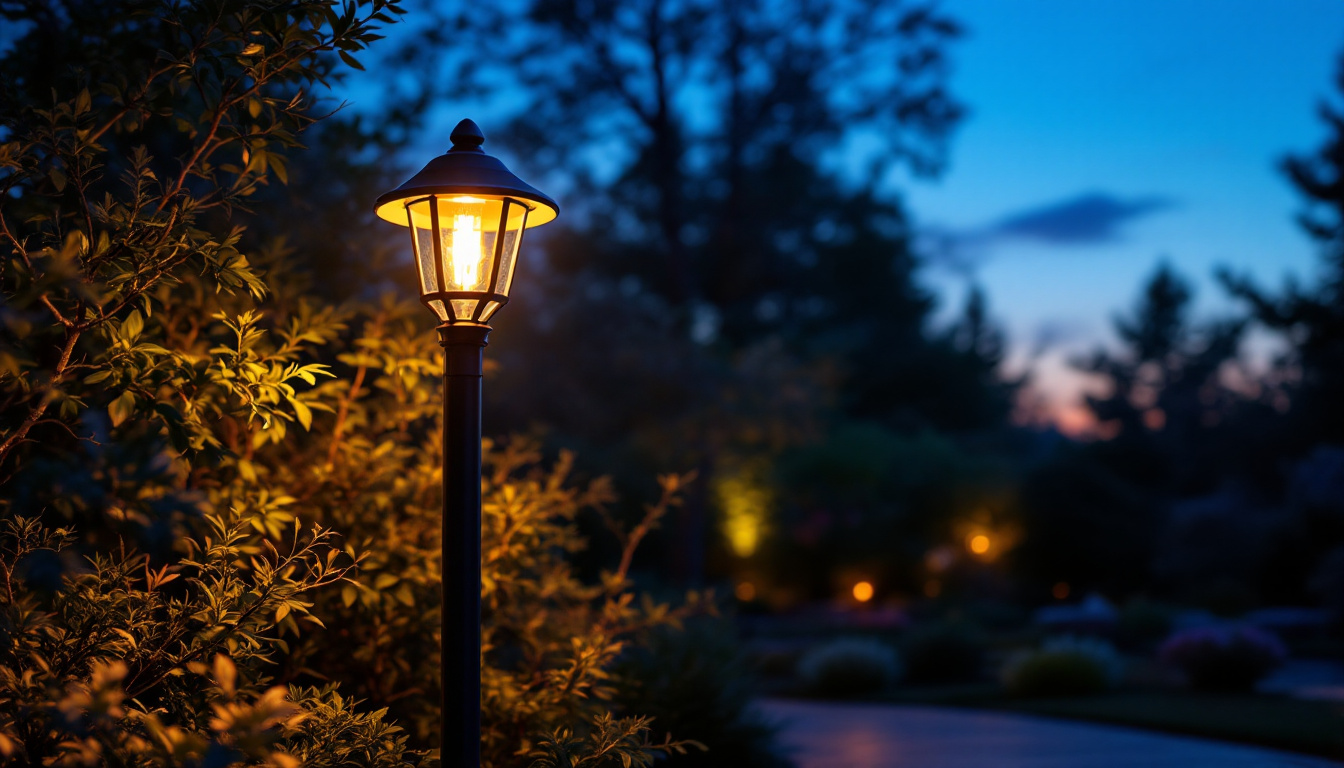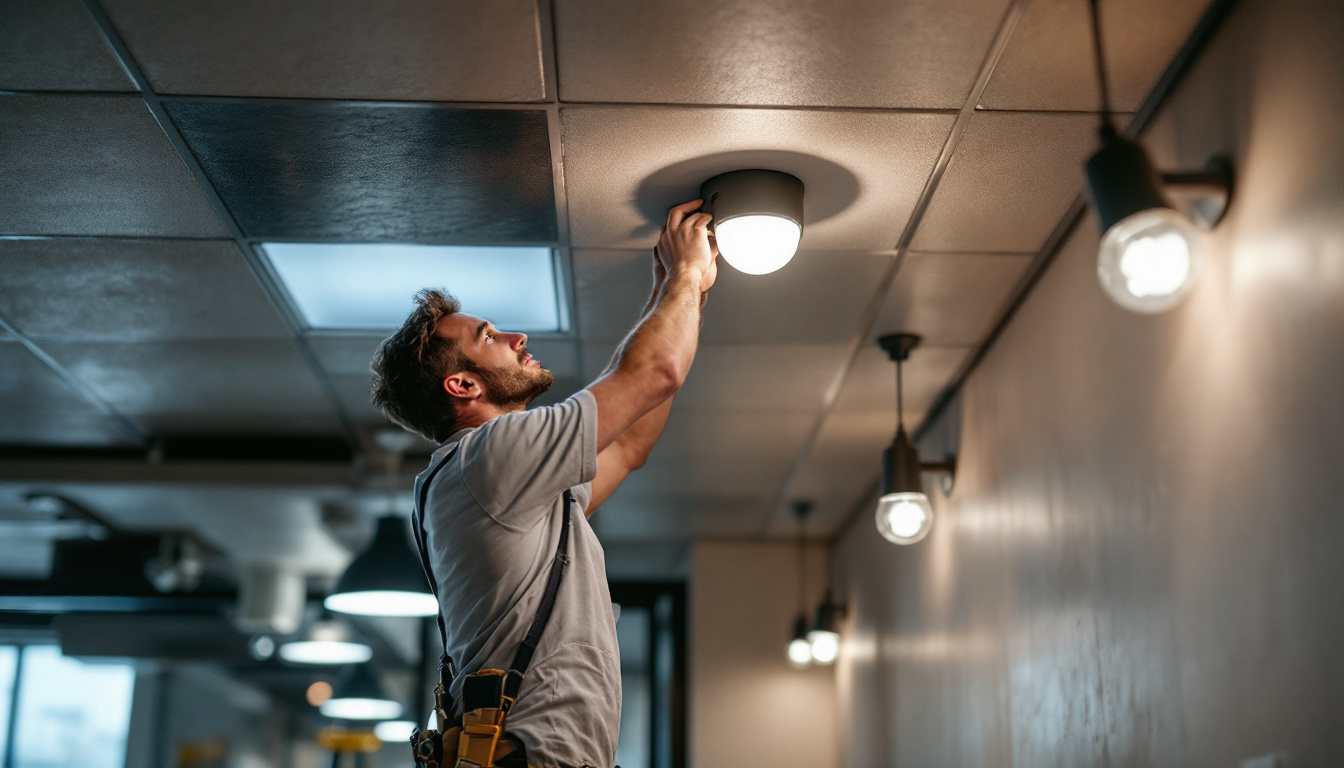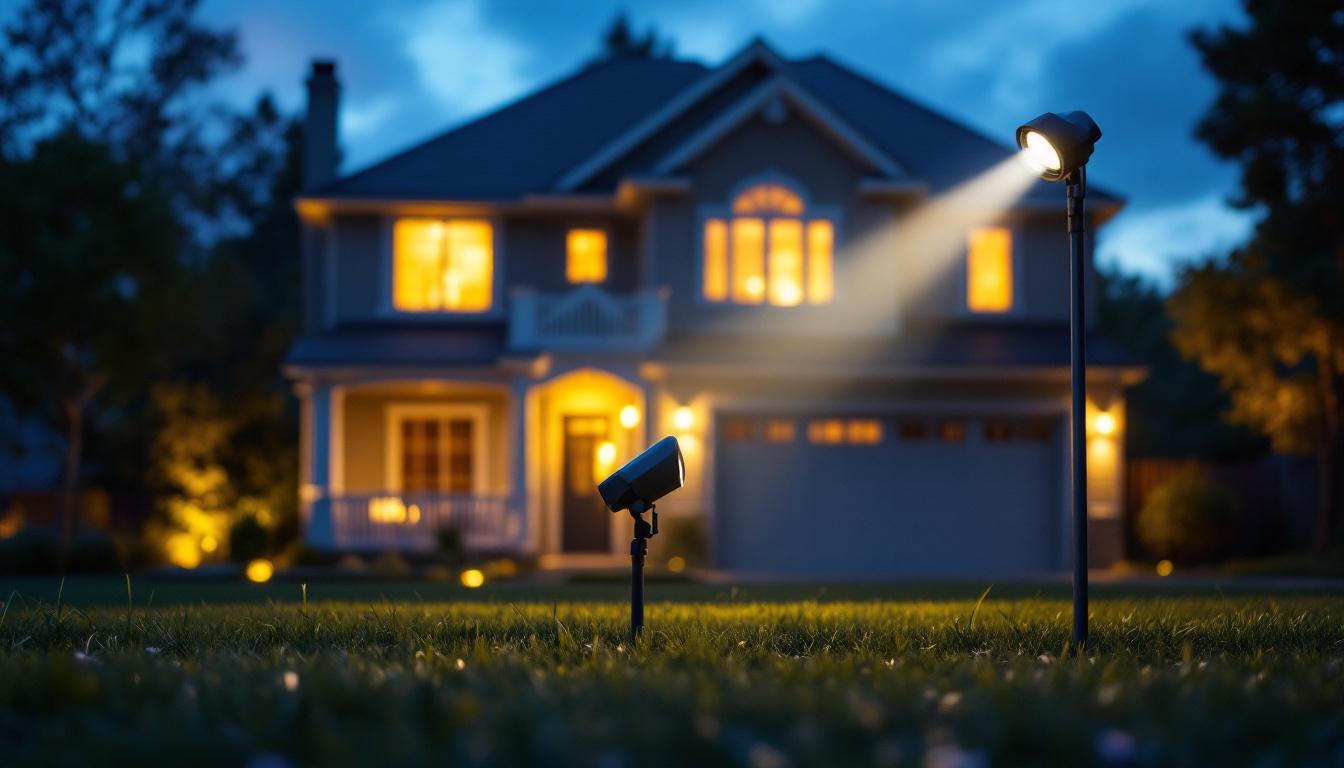
As outdoor lighting continues to evolve, the role of lighting contractors becomes increasingly vital in creating functional and aesthetically pleasing environments. One of the most popular choices for outdoor illumination is the outdoor post light, which serves both practical and decorative purposes. This article aims to provide valuable insights and advice for lighting contractors looking to enhance their expertise in selecting, installing, and maintaining outdoor post lights.
Outdoor post lights are versatile fixtures that can be used in various settings, from residential gardens to commercial properties. They come in numerous styles, sizes, and materials, making them suitable for different applications. Understanding the fundamentals of outdoor post lights is crucial for lighting contractors to recommend the best options to their clients.
There are several types of outdoor post lights available, each designed for specific purposes. Some of the most common types include:
When selecting outdoor post lights, several key features should be taken into account:
In addition to these features, the installation height and placement of outdoor post lights play a significant role in achieving optimal lighting. For instance, lights installed too low may not provide adequate illumination for pathways, while those positioned too high can create harsh shadows. A well-planned layout can enhance safety and aesthetics, guiding visitors through gardens or illuminating driveways effectively. Furthermore, the use of smart lighting systems can add convenience, allowing homeowners to control their outdoor lighting remotely or set schedules for automatic operation.
Another important aspect to consider is the integration of outdoor post lights with landscaping elements. These lights can be used to highlight specific features, such as trees, sculptures, or architectural details, creating a visually appealing nighttime environment. By strategically placing post lights, you can draw attention to the beauty of your outdoor space while ensuring safety and functionality. Additionally, combining different types of lighting—such as ambient, task, and accent lighting—can create a layered effect that enhances the overall atmosphere of the area.
Proper installation is key to ensuring the longevity and effectiveness of outdoor post lights. Lighting contractors should adhere to best practices to avoid common pitfalls and ensure customer satisfaction.
Before installation, conducting a thorough site assessment is essential. This involves evaluating the landscape, identifying potential obstacles, and determining the optimal placement for the post lights. Consider factors such as:
Additionally, it is important to assess the natural light conditions of the area throughout different times of the day and seasons. Understanding how shadows are cast by trees or buildings can help in positioning the lights to maximize their effectiveness. Furthermore, contractors should take into account the potential for future growth of nearby plants, which could eventually obstruct the light if not considered during the planning phase.
For electrically powered post lights, ensuring safe and compliant electrical installations is paramount. Contractors should:
Moreover, it is advisable to implement surge protection to safeguard the lighting system from voltage spikes, which can be caused by storms or electrical malfunctions. Contractors should also consider using LED fixtures, as they not only consume less energy but also have a longer lifespan, reducing the need for frequent replacements. This not only enhances the sustainability of the installation but also improves the overall cost-effectiveness for the client.
The height and spacing of outdoor post lights significantly impact their effectiveness. A general guideline is to install lights at a height of 6 to 8 feet, ensuring they are visible but not obtrusive. Spacing should depend on the brightness of the fixtures and the area being illuminated. As a rule of thumb, post lights should be spaced approximately 10 to 15 feet apart for optimal coverage.
In addition to these guidelines, it is crucial to consider the specific purpose of the lighting. For instance, if the goal is to create a warm, inviting atmosphere for outdoor gatherings, the lights may be spaced closer together and set at a lower height to provide a softer glow. Conversely, for security purposes, higher placement and wider spacing may be more effective in illuminating larger areas without creating dark spots. Understanding the intended use of the lighting will help in making informed decisions about height and spacing, ultimately enhancing both functionality and ambiance in the outdoor space.
Regular maintenance is essential to keep outdoor post lights functioning optimally and looking their best. Lighting contractors should educate clients on the importance of maintenance and provide guidance on how to care for their fixtures.
Outdoor post lights are exposed to the elements, which can lead to dirt, grime, and corrosion. Regular cleaning is necessary to maintain their appearance and functionality. Contractors should recommend:
Seasonal changes can impact outdoor lighting systems. Contractors should advise clients on how to prepare their post lights for different weather conditions:
Beyond functionality, outdoor post lights play a crucial role in enhancing the aesthetic appeal of a property. Lighting contractors should consider design elements that can elevate the overall look of outdoor spaces.
Outdoor post lights come in various styles, from modern and sleek to traditional and ornate. Selecting the right style is essential for creating a cohesive look. Here are some considerations:
Layering light is a technique that involves using multiple light sources to create depth and dimension in outdoor spaces. Lighting contractors can advise clients on how to achieve this effect by:
As energy efficiency becomes a priority for many homeowners and businesses, lighting contractors must stay informed about sustainable practices and products. Outdoor post lights offer several opportunities for energy savings.
LED post lights are a prime example of energy-efficient lighting solutions. They consume significantly less energy than traditional incandescent bulbs while providing comparable or superior brightness. Contractors should emphasize the benefits of LED technology to clients, including:
Integrating smart technology into outdoor post lighting systems can enhance both convenience and efficiency. Smart lighting solutions allow users to control their outdoor lights remotely, set schedules, and adjust brightness levels based on their needs. Lighting contractors should consider:
Outdoor post lights are an essential component of modern outdoor lighting design, offering both functionality and aesthetic appeal. For lighting contractors, understanding the various types, installation best practices, maintenance requirements, and design considerations is crucial for delivering exceptional service to clients. By staying informed about energy-efficient solutions and sustainable practices, contractors can not only enhance their expertise but also contribute to a more environmentally conscious approach to outdoor lighting.
As the industry continues to evolve, lighting contractors who embrace innovation and prioritize customer satisfaction will undoubtedly thrive in this competitive market. Whether illuminating a cozy backyard or enhancing the security of a commercial property, outdoor post lights will remain a staple in creating inviting and safe outdoor spaces.
Ready to elevate your lighting projects with premium outdoor post lights? At LumenWholesale, we provide lighting contractors like you with the highest quality, spec-grade lighting products at unbeatable wholesale prices. Say goodbye to inflated markups and hello to a vast selection of reliable, high-performance lighting that meets the highest industry standards. With free shipping on bulk orders, you can secure the best value for your lighting needs without any hidden fees. Don’t compromise on quality or affordability. Visit LumenWholesale today and discover the ideal blend of quality, affordability, and convenience for your next project.

Discover why purchasing stadium lights in bulk from local distributors might not be the best choice.

Discover how lighting strips can transform profitability in lighting installations.

Discover how lighting contractors are transforming spaces with innovative ceiling tile lighting solutions.

Discover why motion outdoor flood lights are a game-changer for lighting contractors.